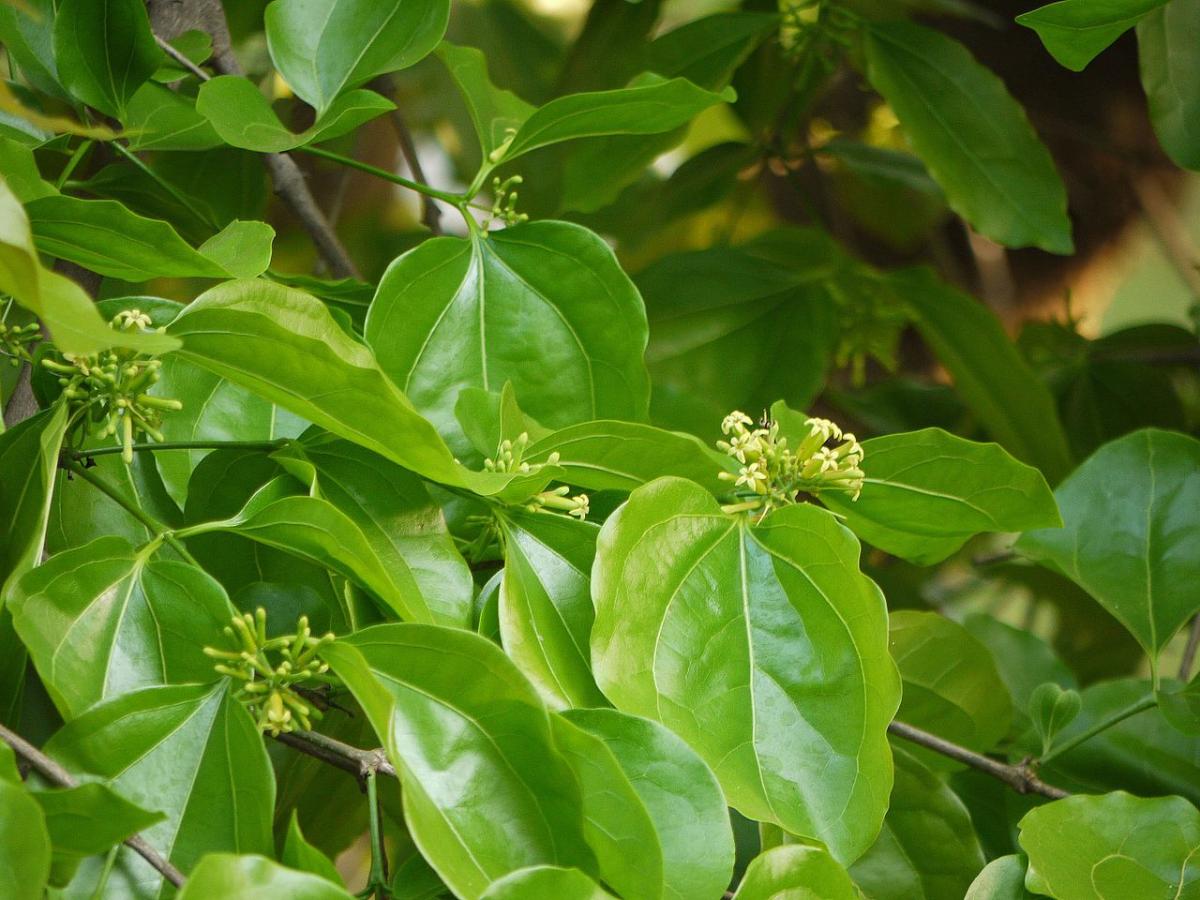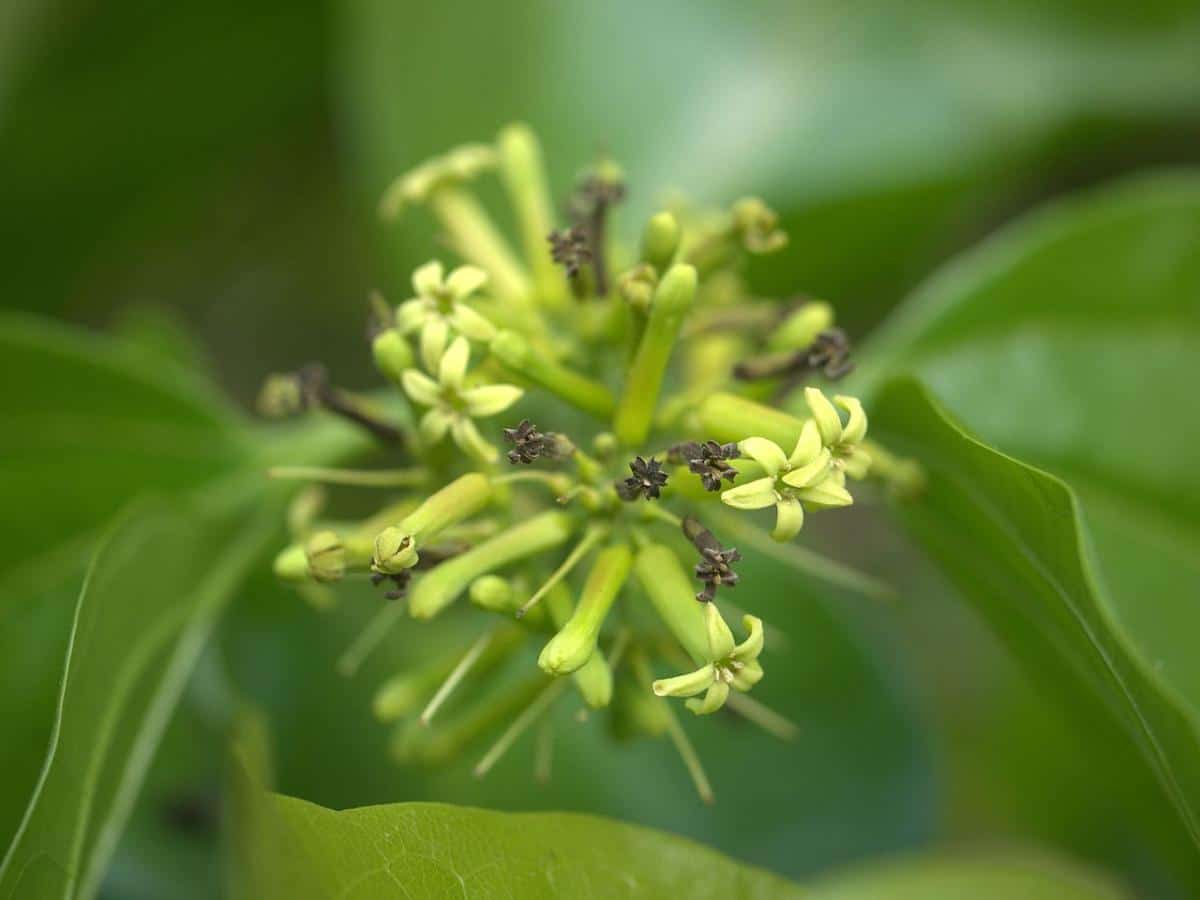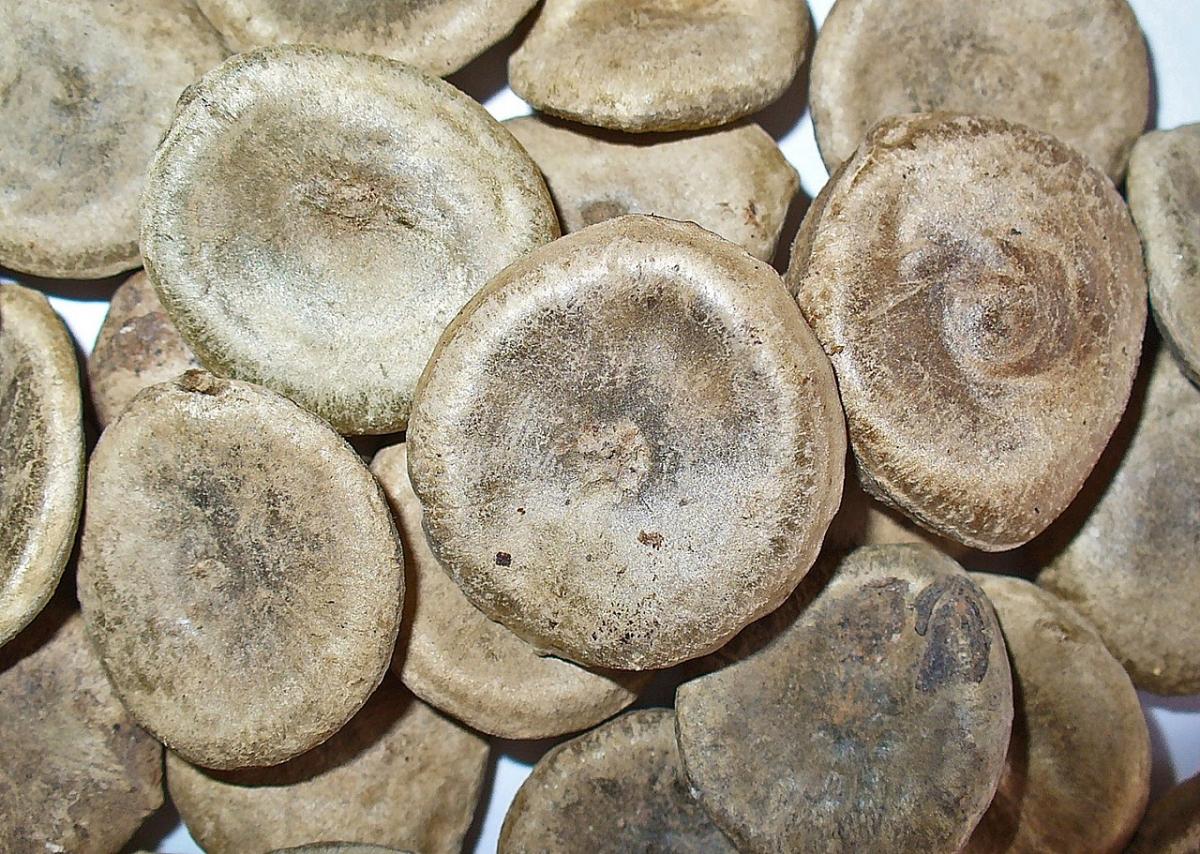
Image - Wikimedia / Dinesh Valke
It is always interesting to know the characteristics and uses of plants, since it is they that make our patio or garden what it is: a very cozy place in which to enjoy free time. But there are others that, due to their toxicity, it is not only interesting to know what they are like but also recommended, such as Strychnos nux-vomica.
This is a species that, due to its origin, can hardly be cultivated in regions where the climate is temperate. However, in the past it had uses that today would seem even cruel to us, and although today it can be obtained in the form of medicine, we think that it is extremely important to know it in depth.
Origin and characteristics of Strychnos nux-vomica

Image - Wikimedia / Dinesh Valke
El Strychnos nux-vomica is a species of deciduous tree that belongs to the botanical family Loganiaceae, and reaches a height of 15 meters. Both the bark of its trunk and that of the branches is grayish in color, and its leaves are oval in shape, and are bright green.
Its flowers are white, and appear grouped in inflorescences. These are terminal tops, which means that when they wither, the flower stalk will dry up and fall off. The fruit is a yellow-orange spherical berry, with a diameter of 3-6 millimeters. Inside this we find 2 to 5 leathery seeds, and light gray in color.
As for the origin, grows wild in the tropical forests of Southeast Asiaas well as northern Australia. It is popularly known as a vomit nut.
What uses does it have?

Image - Wikimedia / H. Zell
The tree itself could be used as an ornamental plant, as it is certainly very pretty and provides good shade. But the seeds contain toxic substances, very dangerous, for human health. For this reason, its cultivation is prohibited in the gardens.
But why? Well, it turns out that one of those substances that they have managed to isolate is strychnine. When there is an intoxication, the first symptoms that the victim will have will be hypertension and bradycardia. If left untreated, that person could end up asphyxiating. The lethal dose is, more or less, 1mg per kilo of weight; that is to say, it is so low that it is very dangerous.
In the past it was used as a medicine, but due to its high toxicity it was stopped. Today, however, it is used industrially to obtain strychnine, which later used to make rodenticides.
Knowing how to identify toxic and poisonous plants is of vital importance, since as we have seen, there are some that are especially dangerous.